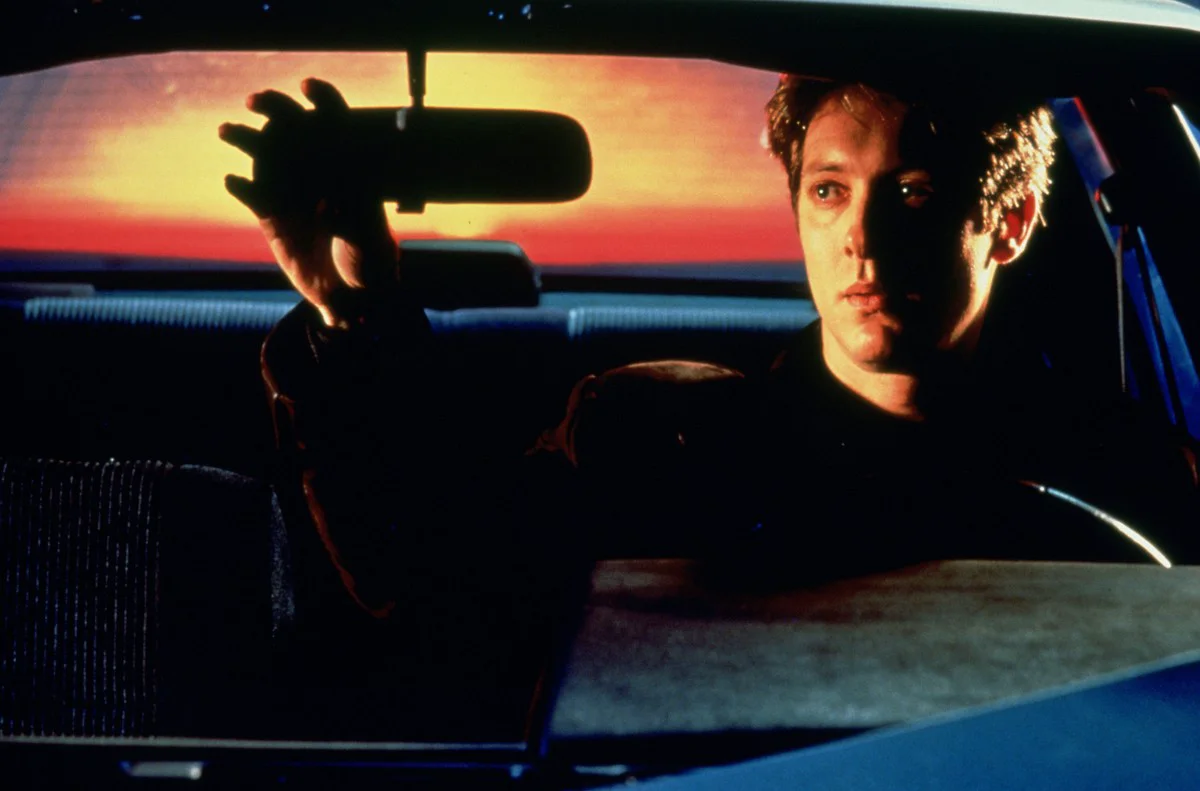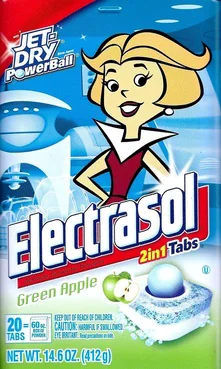Transformers, based on cartoon that was itself created to sell toys, has morphed from a big rig of simple toy shilling into a meta-Optimus Prime capable of selling ad space on top of an ad.
At first, the internet was a ray of light on the dark horizon, providing creators with the ability to connect directly with fans anywhere in the world, and the start-up cost to create a website is low enough that almost anyone can afford it.
But like cable TV, the ad-free paradise of the internet was quickly choked with advertising. When advertisers purchase people’s time and attention on the internet, they’re able to really dig into the details of people’s lives for demographic information and personal details to better target their ads. If TV, radio, and print advertising are a shotgun blast, internet advertising is a hit from a highly trained sniper.
It’s no surprise that all the perverse incentives that infected TV and radio have spread through the internet at breakneck speed. Combined with the powerful behavioral and emotional incentives built into modern [ads and app design](https://www.pastemagazine.com/articles/2017/02/on-the-mind-your-brain-on-social-media.html), marketers are devising ways to actively take your attention away from other tasks.
This is why you’re always being tempted to learn this one weird trick for bellyfat that doctors hate. It’s the reason for almost everything wrong with the internet.

Dermatologists hate her because she is clearly some sort of life-stealing demon shedding her skin
Whatever gets the most clicks wins. More clicks means more eyeballs, more eyeballs means more ad click-throughs, more ad click-throughs mean more revenue for the advertisers.
A century of ad-supported media crafted to appeal to the largest audience possible has trained us to be passive consumers of entertainment - instead of satisfying our urge to find new things that we’re passionate about, we just look at what’s available with the least amount of effort. Think prime time TV, top 40 radio, and trending videos on YouTube.
There’s nothing inherently wrong with things that are popular, and it would be contrarian to double down on the idea that people watch things that they don’t actually like.
But combine passive consumers with the incentives of ad-supported media, and you have a formula for irredeemably terrible content being pushed on huge audiences. Content that people would never pay for with money, but are more than willing to pay for with their time and attention.
Let’s say I have a video of a terrible car accident. Would you pay me to watch it?

Most people would say no, unless an unusual number of David Cronenberg fans are reading this.
Now, imagine that instead of asking you to pay for it, I just stuck it in front of your face and pressed play. Would you watch then?
Significantly more people would. Slap an ad on that car wreck, and suddenly I’m making money off something that no one would pay to watch.
The outlook seems bleak.
# Jane, How Do I Stop This Crazy Thing?

Et tu, Jane?
There are three steps you can take to help stop this ad-supported death spiral. Before getting into too much detail, here they are:
1. Be intentional about the media you consume.
2. Find ways to directly support the creators you like.
3. Try new content delivery platforms that treat artists (and fans) like people, not commodities.
**Be intentional about the media you consume.** It’s pretty simple. No more channel surfing or endlessly watching YouTube’s auto-suggested videos. Stop on one you like and check out the rest from that creator. Turn the radio off, plug into the [Spotify Artist Explorer](https://artistexplorer.spotify.com/), [Music Suggestions Ninja](https://www.musicsuggestions.ninja/), or [Liveplasma](http://liveplasma.com/), and find something great instead of something ok. Decide that from now on, you’re blazing your own path - if it intersects with something that happens to be popular, ad-supported media, that’s totally fine. Just keep the next step in mind.
**Find ways to directly support the creators you like**. It isn’t nearly as difficult as it was even five years ago, but most options have some drawbacks. Platforms like [Patreon](https://www.patreon.com/) and [Bandcamp](https://bandcamp.com/) let fans contribute directly to artists, but they take a cut of the proceeds. Streaming services like [Spotify](https://www.spotify.com/) offer a fantastic catalogue of artists and albums, but artists receive very little for each play of their song.
There are a lot of different things to consider when figuring out the best way to get your entire dollar to the creator you love. If you can, buy directly from them. Or…
**Try new content delivery platforms that treat artists (and fans) like people, not commodities**. An example: I love Dan Harmon’s work. I want him to make more stuff. When I heard he was producing a new show called HarmonQuest for a tiny streaming service, I signed up immediately. The show switched platforms after the second season, and I got a new subscription to the new service. Vote with your dollars in a way that shows creators that you’ll follow them into uncharted territory.
If you follow even one of these steps, you’re already making the world better for creators, and you’ll probably find something new that you authentically enjoy.
**WARNING: SHAMELESS SELF-PROMOTION AHEAD**
At [LBRY](https://lbry.io/), we’re betting on the idea that patron-supported art will be more satisfying to its intended audience and offer greater and more sustainable rewards to creators. If you want to help us build one of those uncharted territories for creators who are looking for a different way to share their work, [download our app](http://lbry.io/get) and let us know what you think.